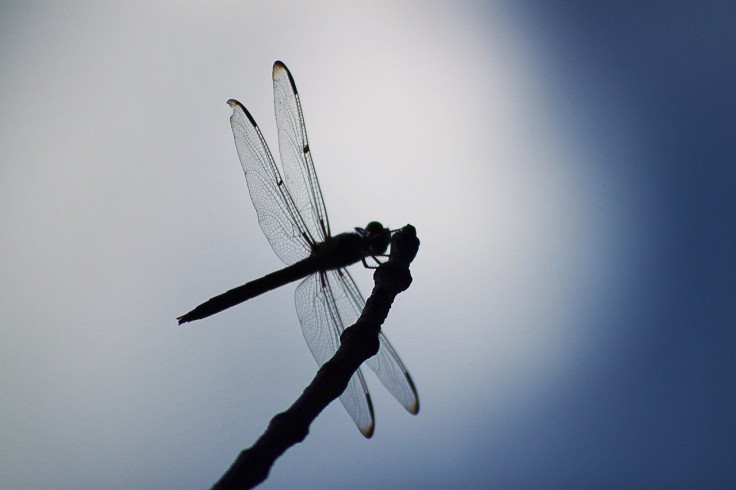Insects Thought To Have 'Distorted' Heads For Over 150 Years Actually From Separate Suborder
KEY POINTS
- An insect was identified for many years as a damselfly but with a "distorted" head
- Researchers of a new study found that it's not a damselfly at all
- Instead, it belongs to a new insect group
Scientists found that the insect fossils classified as damselflies for over 150 years are actually members of their own extinct suborder. For a long time, scientists just thought they are damselflies with "distorted" heads.
'Distorted' Heads
Damselflies (Zygoptera) are relatives of dragonflies (Anisoptera) under the Odonata order of insects, but they are smaller. Their heads, the researchers of a new study noted, are rather "dumbbell"- or "hammerhead"-shaped, with their eyes protruding laterally toward each side.
In 1858, German paleontologist Hermann Hagen wrote about an odd fossil insect he had classified to the damselfly suborder. Its head was quite different from that of other damselflies because it was round and the eyes were not quite as protruding as other damselflies' eyes, the Simon Fraser University (SFU) news release explained.
However, Hagen attributed this difference to distortion from the process of fossilization. And for over 150 years after, other scientists classified many similar fossils as damselflies despite having rather different heads.
New Suborder
In the new study, which was published in Zootaxa this week, a team of researchers determined that the supposed damselflies with odd heads are not even damselflies at all and that their heads aren't really distorted due to fossilization. Instead, that is their real head shape. What's more, they actually represent a new, albeit extinct, major insect group.
By examining 77 fossils and over 160 years of scientific papers, the researchers classified 16 new species under the Odonata suborder that they named Cephalozygoptera, which means "head damselfly," SFU explained.
"The Cephalozygoptera is close to the Zygoptera, but differs most notably by distinctive head morphology," the researchers wrote about the previously misidentified suborder.
Monograph The Cephalozygoptera, a new, extinct suborder of Odonata with new taxa from the early Eocene Okanagan Highlands, western North America has been published today.https://t.co/GO5oiHoN7t#Taxonomy pic.twitter.com/n2w3cbNfdy
— Zootaxa updates (@Zootaxa) February 24, 2021
The oldest known among the newly named species lived with the dinosaurs during the Cretaceous age, SFU said, noting that it was last known to exist in France and Spain 10 million years ago.
"They were important elements in food webs of wetlands in ancient British Columbia and Washington about 50 million years ago, after the extinction of the dinosaurs," research lead Bruce Archibald of SFU said in the university news release. "Why they declined and went extinct remains a mystery."

© Copyright IBTimes 2024. All rights reserved.












